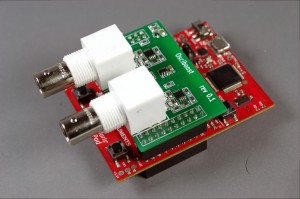I feel I did not make much progress the last week, I realised I wasted two days looking for error in my code and I finally found the error elsewhere. As for preparation to push my developments to review, I had rebased my tree. That is, I had picked up the developments done by other people in to my setup. My mistake. While the error still persists there in the master tree, in the process of recovering my platform I learned that there are two types of SOIC-8 SPI flash chips, ones that fit in the miniature socket I have and ones that are physically too large. The spare chips I had were of the second type and that slowed down my system recovery procedure radically. New flash chips are waiting for pickup in the store now.
This is actually just the situation I want coreboot to deal with better in the future: doing a firmware upgrade without the risk of bricking the device to the point where you need to use an external programmer device to recover. Problem is specifically with laptops, which may take a good hour or so to disassemble and put back together, and with every disassembly the risk of breaking some of those miniature connectors increases.
My plan of having two copies of firmware in the same flash chip image just got a bit more complicated. I learned that with recent platforms using a so-called binary blob for raminit, aka. system-agent binary, it is not possible to do a type of dual-boot-prefix setup I had planned, since one cannot put two system-agent binaries in the same CBFS image. I hope the system-agent build and release process is seriously improved to overcome this issue as badly gone(/done) binary blob upgrade procedure was the root-cause of my troubles the past week.
I have not really had a chance to test pre-OS flashing with FILO (actually the code might not yet be available for me to download). Instead I have attacked the low-level PCI and IO sources to reduce a good two or three copies from coreboot tree, this will help my efforts in the long run with SerialICE integration work.


